
What to look for when buying a used car? Finding a trouble-free used car has nothing to do with luck. Everything you need when buying a used car is applying good research and investigative skills. Knowing what to check when buying a used car will avoid expensive automotive headaches down the road.
Shopping for and finding the right used car is more challenging than finding and buying a new car. When you find a new car that meets your needs and budget, you just have to buy it. When you look for a used vehicle, you have to find one that’s for sale, has low enough mileage to be attractive, is in good shape, hasn’t crashed, and has been serviced properly. Then, you have to evaluate the seller, ensuring that it’s not someone who’s going to rip you off.
In this blog, we will discuss all the necessary information regarding buying a used automobile and share an essential checklist with you.
Knowing what to look for when buying a used car is difficult, as you must consider multiple circumstances. Several factors, such as mileage and vehicle history, are well-known. However, it is not only about extracting the data. The crucial part is using this data accurately to make the best decision. Here are some general tips to consider when choosing and checking a second-hand vehicle.
You have become familiar with basic tips about what to look for when buying a used car, now let’s discuss the importance of mileage, which is at the top of a used car checklist.

One of the main details that every buyer checks is the mileage information. Since the data is considered to determine the lifetime of a car, it is preferable to know how many miles on a used car is too much. However, people can find devices on the market that are used to reduce mileage data and artificially increase the value of a car.
In general, a used vehicle with low mileage is usually a good decision, even when the mileage seems unusually low. Some signs could indicate the car hasn’t been driven enough. However, you’ll first need to make sure that the odometer reading is accurate.
By reviewing the vehicle history report, you typically get a good idea of whether it is correct. The appearance of the vehicle can also be a good indicator of whether the odometer is correct. A vehicle that hasn’t been driven a lot should have few dents and very little wear and tear.
If you believe the odometer reading is accurate, you should have the car inspected by a professional mechanic. While this is a good rule to follow when purchasing any new vehicle, it’s particularly important in situations where a car has very low mileage because if the car has been sitting for a long time, certain parts could have dried out and may require immediate repair or replacement.
It is extremely challenging to determine what to look for when buying a used car in 2025. Of course, mileage is still one of the important details determining the price. However, in some cases, it can’t show the real picture of a car’s reliability.
In order to fill this gap, a lot of people depend on how the vehicle is maintained. For example, a newer vehicle can still be in good condition despite the high mileage data. Even so, many individuals try to correct mileage data and lower it to earn more money. To avoid being misled, you can use the Mileage Blocker tool, which allows you to test vehicle maintenance without counting extra miles. Remember that this device is only for car testing purposes, and you shouldn’t use it against local laws or regulations.
A used car technician or mechanic typically has a used car checklist. They need to evaluate a second-hand vehicle. Most experienced technicians will be able to tell you immediately if something isn’t right with the vehicle, whether there are issues that need to be addressed right away, and whether you should anticipate future problems.
Total mileage and age are other essential elements that you should consider when evaluating what to look for when buying a used car. They have a different impact on the value of the car, and they may not be closely related. Before you search for your ideal vehicle, it’s essential to know how mileage and age differ from one another.
As we have already discussed, the number of miles on a vehicle’s odometer is one of the most important factors determining the price of a used car. It’s an indication of the amount of wear and tear the vehicle has sustained over time. As such, a vehicle that has higher mileage will most likely be costlier than a similar vehicle with fewer miles. Generally, a car with lower mileage also offers better ride quality.
Moreover, you should understand the different kinds of miles put on the car. The automobile that’s mainly used in an urban area will show considerably more wear and tear than one that accumulates most of its miles on highways. Additionally, a vehicle that has a dedicated owner tends to have a longer lifespan, especially if it has undergone regular servicing and prompt repairs whenever problems arise.
If everything in a vehicle is in good working condition, its age isn’t really important.
Most parts of a car wear down according to the number of miles traveled, but there are a few components that will be compromised as a result of aging. For example, rubber parts generally don’t age well, but they aren’t as expensive to replace. Minor problems like these shouldn’t discourage you from buying an older pre-owned car.
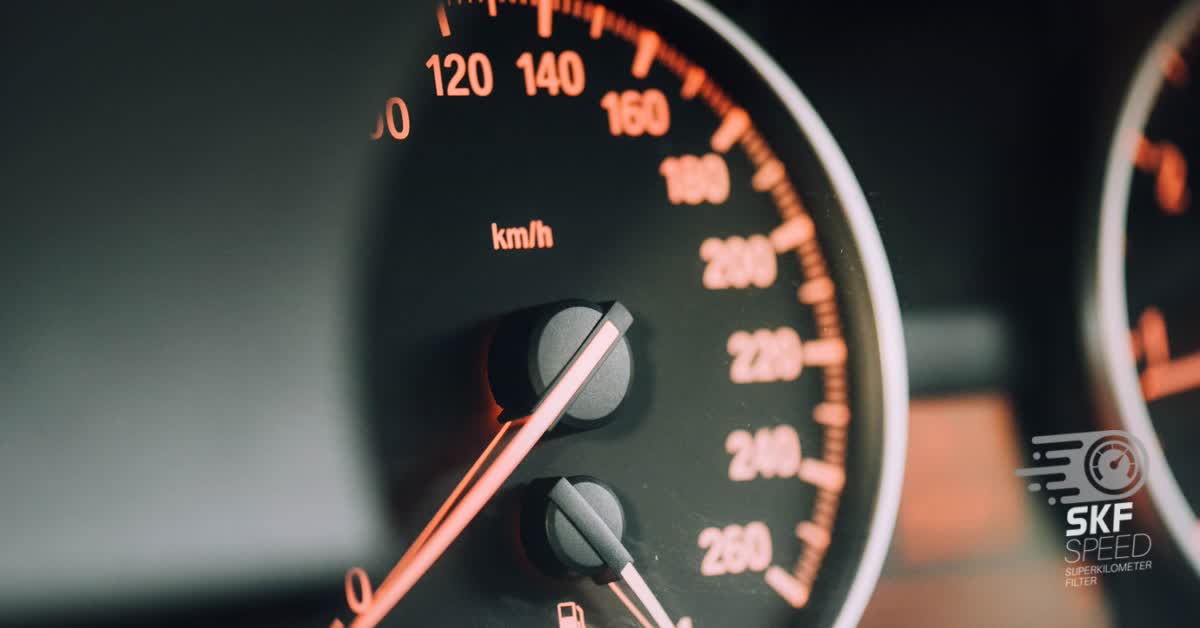
Yes, it is possible to determine the car value with the help of several online sources, such as Kelley Blue Book, which is a reliable company and one of the trusted resources helping many individuals to evaluate their cars accurately. The Kelly Book value is the result of massive amounts of data, including actual sales transactions and auction prices. It includes wholesale and retail transactions. The information is updated weekly to provide the most up-to-date information. With the help of the source, you can avoid overpricing the car and get true information about its current value. The Blue Book value by VIN and other details determines 4 condition levels: Fair, Good, Very Good, and Excellent. However, it’s quite hard to be unbiased. According to Kelley Blue Book website data, only 3% of used automobiles fit that description.
Other sources, such as Edmunds and NADA, also determine car value. Edmunds, similar to Blue Book, uses dealer transactions, consumer information, and data on car depreciation costs. Upon indicating the vehicle’s model, manufacturer, year of release, features, and mileage data, Edmunds determines its fair market value.
When you are buying a used car, you must consider mileage, wear and tear, vehicle history, insurance premiums, and the conditions in which the automobile was used. When purchasing a used car, several things must be examined in order to make the best decision.
While most buyers consider the vehicle’s price, condition, and mileage, they frequently forget the cost of insurance. Different models have different insurance prices depending on characteristics such as accident history, repair costs, and safety features. Before making a final selection, obtain insurance rates for the vehicle you’re contemplating. This allows you to prevent unforeseen charges and guarantees that your new purchase is reasonable in the long term.
In 2024, used car sales in the U.S. increased by 4.3% and reached 16.8 million units. This data may sound good for buyers as they have more options for purchasing a car. However, as of 2024, over 2.14 million vehicles in the U.S. have manipulated odometers. Odometer fraud is quite widespread these days, and it’s rather easy to deceive customers. People sell cars with mileage discrepancies quite frequently. They might utilize the best odometer correction tools out there, making it harder to detect fraud.
However, there are ways to conduct a car mileage check to verify the mileage. Request reports, contact previous owners (if any), and evaluate the accuracy of mileage accordingly. Trust me, roll-backed odometers aren’t as easy to notice as they might seem.
The answer to the question “Is mileage important when buying a used car?” we have already answered above, and it is certainly a yes. Mileage can be the deciding factor when it comes to the condition of the vehicle. Though it might not always show the full picture, it will give us an idea about the true value of the car.
If you drive 10,000 – 12,000 miles a year, then we can easily say that you have average, i.e., good annual mileage. Anything much higher than that number will be considered high mileage. If you’re a car owner yourself, it will be a good idea to be proactive and pay attention to your driving habits.
If mileage is such a useless indicator, how can the performance of the car be checked? The best way to check your car’s performance is to find an optimal testing environment and compare this data with the performance statistics provided by the manufacturer. However, you would like to avoid recording unnecessary mileage that will even worsen these stats.
You can purchase a premium-quality Mileage Stopper, install it on your own in less than a half-hour, and test the performance of your car. This module is useful for multiple purposes, and you can always find a good use for it later.
We have provided several tips on what to look for when buying a used car, that mileage is still on the top of a used car checklist and you should check the accuracy of the displayed numbers and make sure the odometer wasn’t rollbacked. If the odometer data looks perfect, check the condition of the overall vehicle. As a rule, you’ll find the best option if you look at the whole picture, not just parts of it. Good luck!
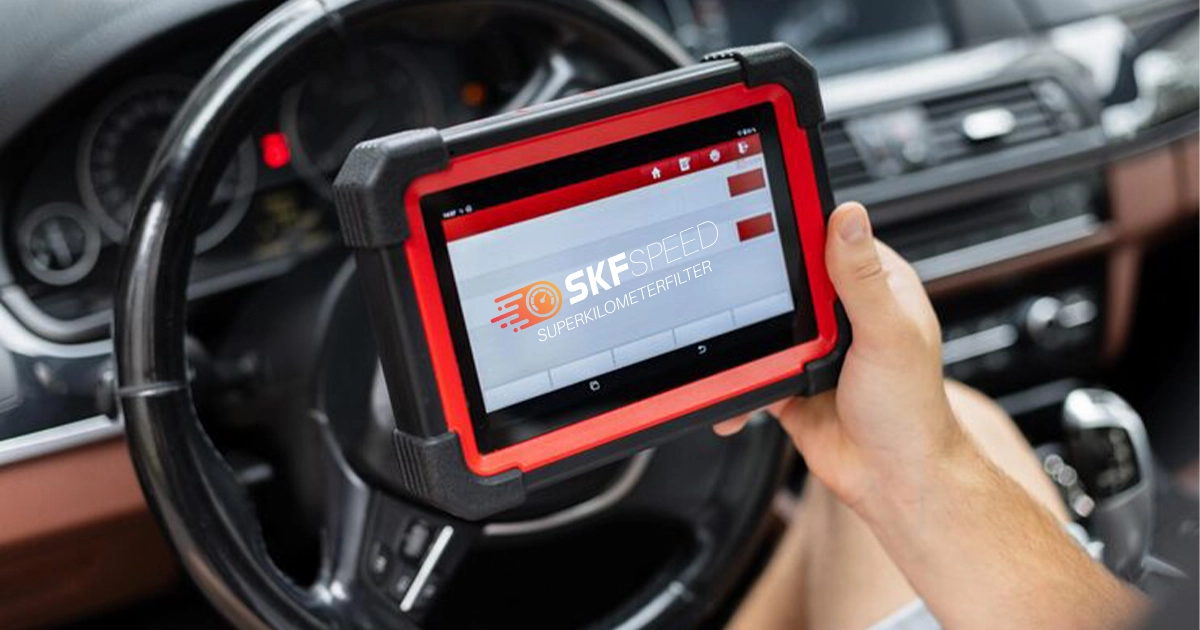
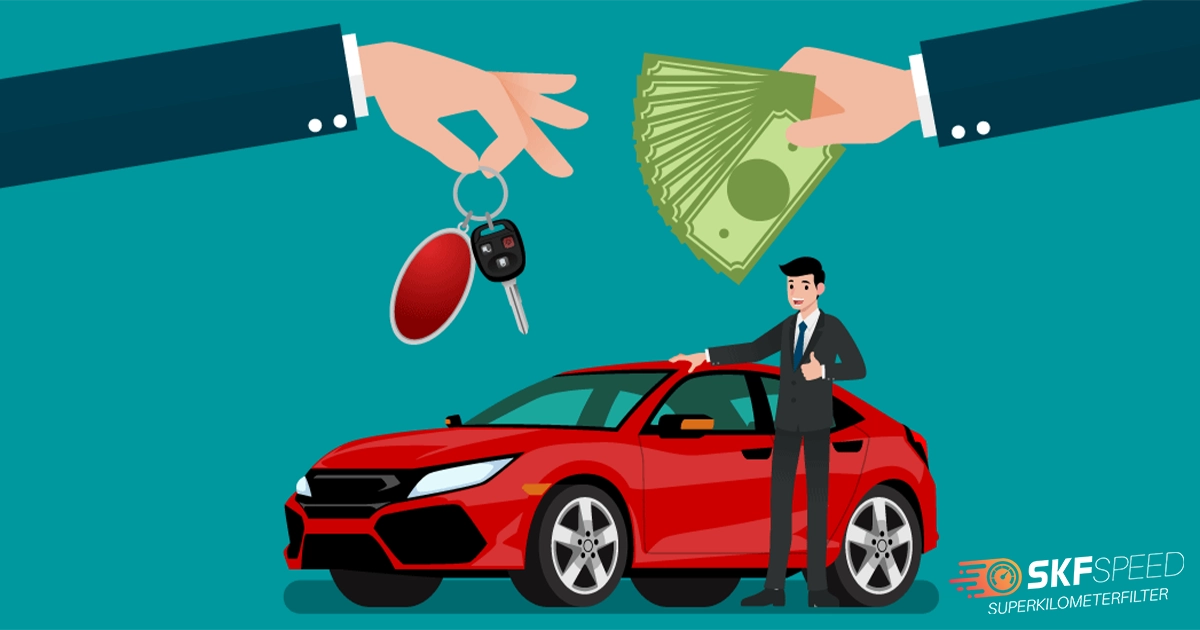



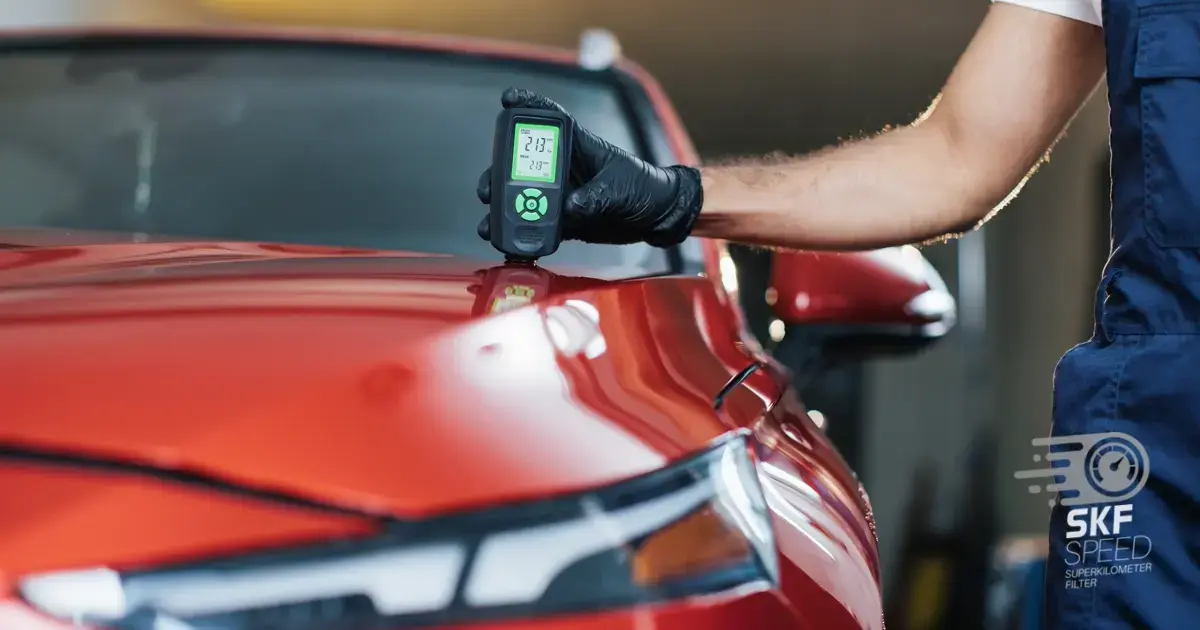
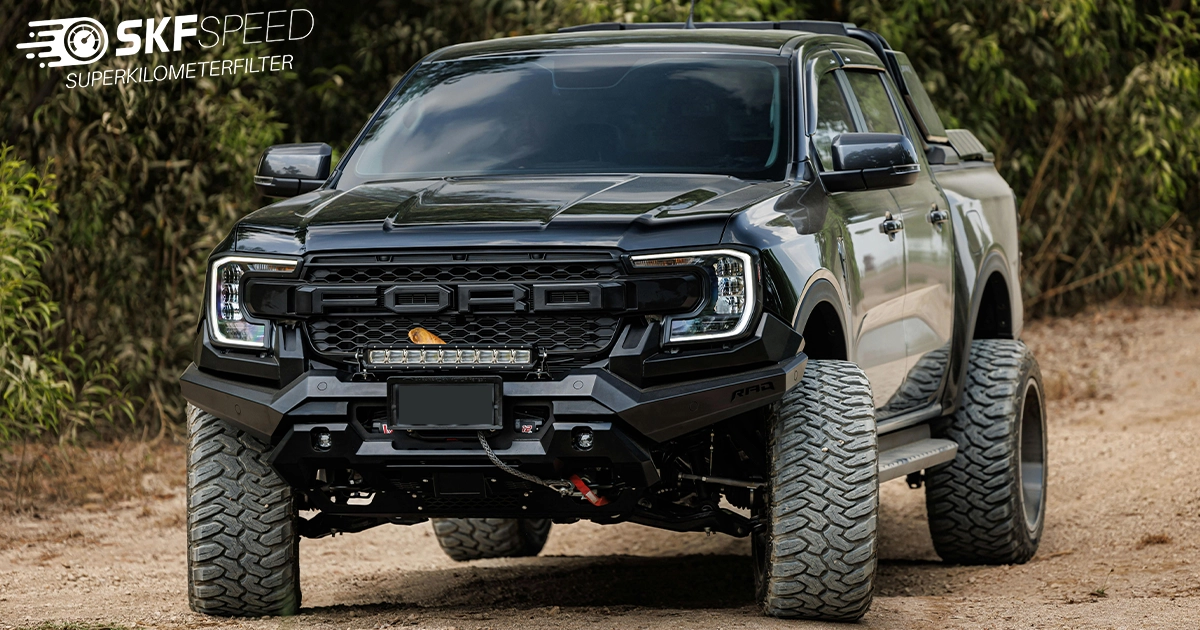
Here you will find all the details about our company
Here you will find shipping and return related information
Here you will find information on all technical questions
Here you will find helpful information about installation